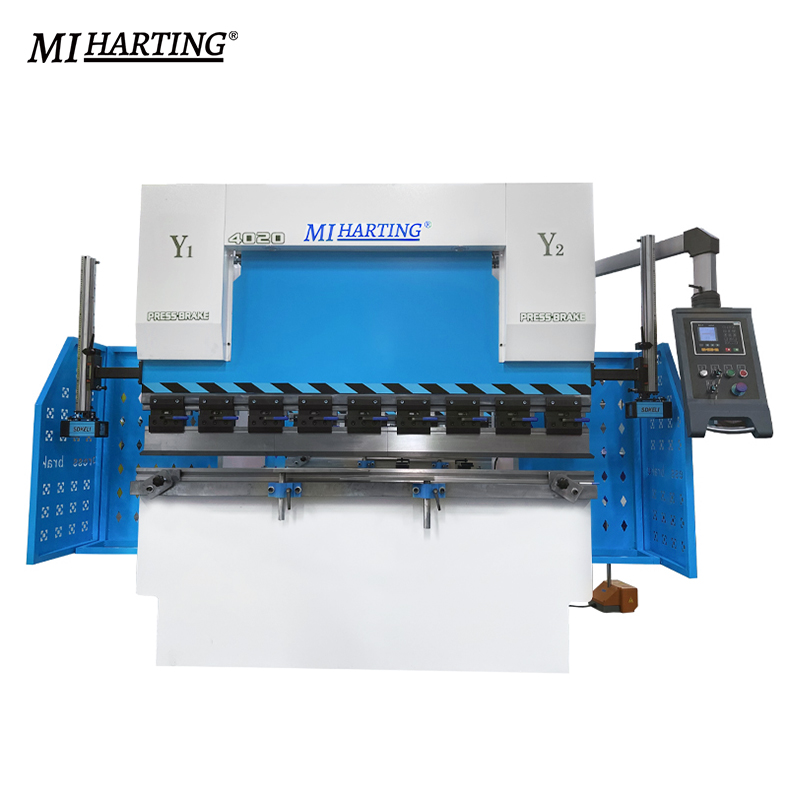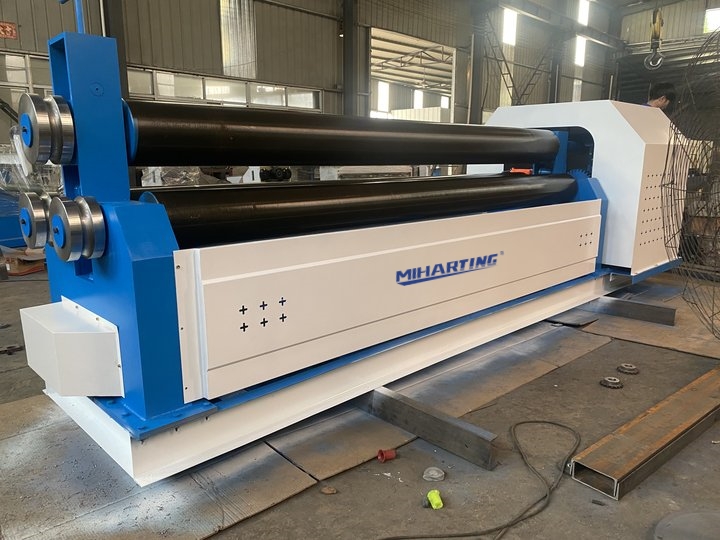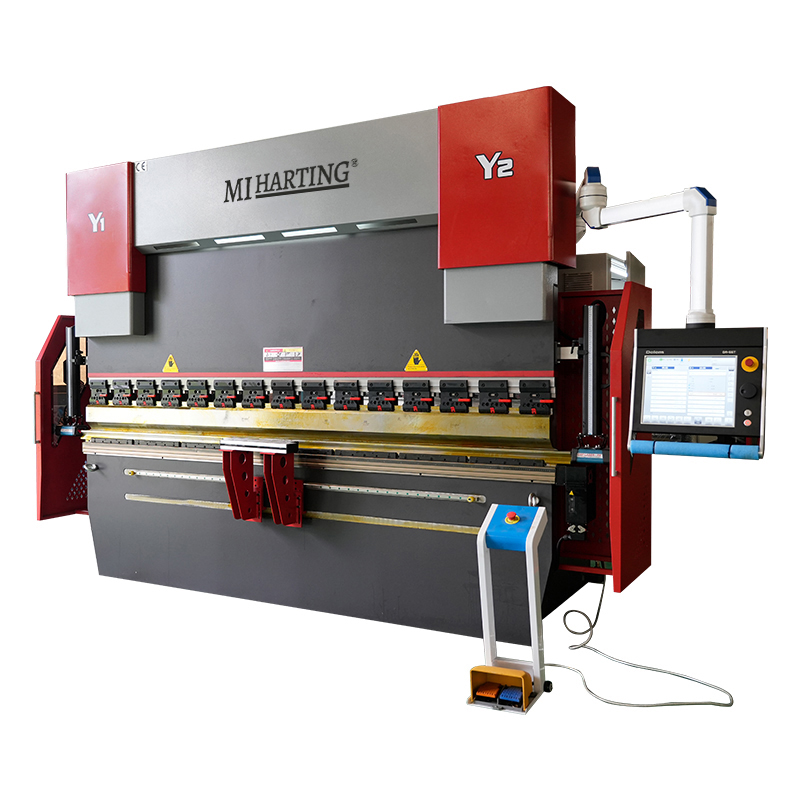Introduction: CNC bending machines have revolutionized the manufacturing industry and have become indispensable in various sectors. As technology continues to advance, the future holds exciting prospects for the development of these machines. In this blog post, we will explore the professional and detailed future development trends of CNC bending machines.
- 1. Integration of Artificial Intelligence (AI) and Machine Learning: The integration of AI and machine learning algorithms into CNC bending machines will enhance their capabilities significantly. These technologies will enable the machines to analyze and learn from data, optimize bending processes, and make real-time adjustments for improved accuracy and productivity. The use of AI will also contribute to predictive maintenance, enabling proactive detection of potential issues and minimizing downtime.
- 2. Advanced Robotic Systems: Robotic systems in CNC bending machines will become more sophisticated and versatile. Collaborative robots will play a vital role in automating bending operations, working alongside human operators to increase efficiency and ensure worker safety. These robots will possess advanced sensing capabilities, allowing them to adapt to different materials, perform complex bending tasks, and handle workpieces of varying sizes and shapes.
- 3. Enhanced Precision and Adaptive Control Systems: Future CNC bending machines will feature enhanced precision through the integration of adaptive control systems. These systems will continuously monitor and adjust bending parameters based on real-time feedback, compensating for material variations, tool wear, and external factors. Consequently, the machines will deliver consistent and high-quality bends, irrespective of production variables.
- 4. Augmented Reality (AR) Assisted Programming and Operation: AR technology will simplify programming and operation procedures for CNC bending machines. Operators will be able to visualize bending sequences, tool paths, and part positioning through AR headsets or displays. This visualization will lead to more efficient setup, reduced human errors, and increased productivity. Additionally, AR can provide real-time guidance during the bending process, improving operator accuracy and reducing the learning curve for new employees.
- 5. Internet of Things (IoT) Integration: The IoT will play a crucial role in the future development of CNC bending machines. Machines will be interconnected, allowing seamless data exchange and remote monitoring of production processes. This integration will facilitate proactive maintenance, as machines can transmit data about their performance and condition in real-time. Manufacturers will also benefit from predictive analytics, enabling them to optimize production schedules, anticipate maintenance needs, and improve overall equipment effectiveness.
- 6. Sustainable and Energy-efficient Design: With growing environmental concerns, future CNC bending machines will adopt sustainable and energy-efficient design practices. Efforts will be made to reduce power consumption through the use of advanced control systems, improved motor efficiency, and optimized operational algorithms. Additionally, manufacturers will focus on developing machines that minimize material waste and promote efficient resource utilization.

The future of CNC bending machines is bright and filled with exciting possibilities. The integration of AI, machine learning, robotics, AR, IoT, and sustainable design practices will drive the development of these machines to new heights. The industry can anticipate improved precision, automation, productivity, and sustainability in CNC bending processes, bolstering the manufacturing sector's efficiency and competitiveness. As these advancements continue to unfold, it is essential for manufacturers to stay abreast of the latest trends and embrace technological innovations to leverage the full potential of CNC bending machines.






